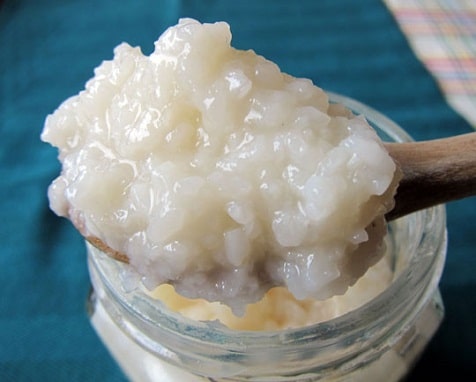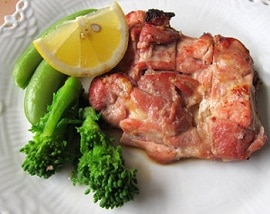The development of Japanese cuisine owes much to the humble Which, which is a type of mushroom that is used in all types of food and beverages. You must know that fungi, bacteria and yeasts give character to cheese, yogurt, wine, beer and bread. that is why this type of mushroom is used in many foods in the Japanese gastronomy.
The Koji (Aspergillus oryzae) was probably domesticated at least 2.000 years ago. It is used to make sake, mirin, shochu, awamori (an Okinawan drink), rice vinegar, soy sauce, and miso - all the defining ingredients of Japanese food.
To use koji, the spores are mixed into the steamed rice (potatoes, wheat and soybeans are used as well, depending on the purpose), then left to mature for a period of time in a warm environment, approximately 50 degrees Celsius.
Koji converts the starch in rice into sugar (a process called saccharification) and releases a variety of fatty acids and amino acids such as glutamate, the basis for the "fifth taste" umami. This koji-rice mix is called kome-koji.
For alcoholic beverages, such as love, sugar is allowed to develop further into alcohol. In miso and other similar foods, kome-koji is mixed with other ingredients such as steamed soybeans and allowed to ripen. The addition of salt inhibits the development of alcohol, and umami is capable of developing. This is what gives miso and soy sauce their distinctive flavor, savory and delicious.
Today it is relatively easy to buy koji in a well-stocked supermarket, department store food parlor, or by mail order. It usually comes in a jar, and it looks like rice porridge with a hint of gold.

